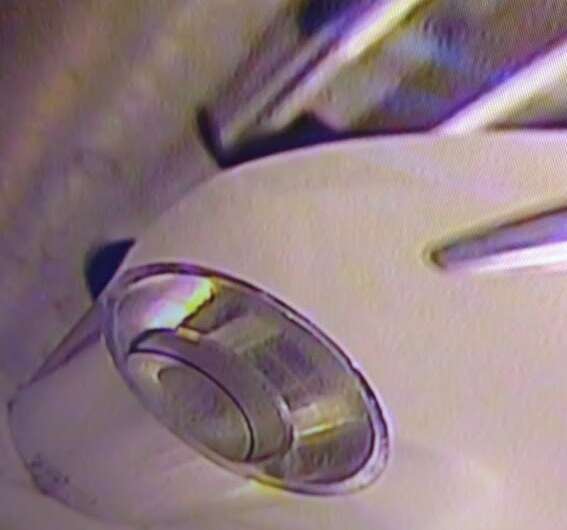Isotopes – Improved process for medicine

Oak Ridge National Laboratory researchers have discovered a better way to separate actinium-227, a rare isotope essential for an FDA-approved cancer treatment.
To produce Ac-227, researchers recover radium-226 from obsolete medical devices and fabricate it into targets that are irradiated in the High Flux Isotope Reactor. Ac-227 is then separated from the targets and purified.
Initially, researchers used caustic solution to dissolve targets, but recently they developed an approach using an acidic solution.
"From that one simple step, we increased actinium yield, minimized waste production, optimized our processing timeframe and made it easier to recycle radium," said ORNL's Roy Copping. "This is an important project for the lab, and it's of enormous benefit to mankind."
ORNL began producing Ac-227 in 2017 and has a 10-year contract with U.S. DOE's Isotope Program and Bayer. Radium-223 dichloride, derived from Ac-227, is the primary ingredient in Bayer's Xofigo prostate cancer drug.

Provided by Oak Ridge National Laboratory



















